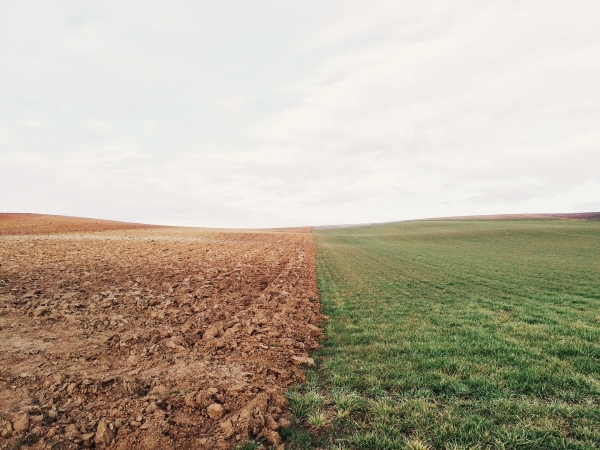Climate change is a global problem occupying the attention of a large part of the international scientific community. How to stem and reverse the situation is a question that scientific teams throughout the world are striving to answer. In Europe, the Life ClimAgri project, in which the University of Cordoba has participated, has focused on agriculture to find ways to adapt agricultural practices to contribute to mitigating the problem. Specifically, ClimAgri has focused on extensive irrigated crops, where there is also a serious problem of soil erosion.
Emilio Jesús González, Coordinator of the ClimAgri project; Professor Jesús Gil Ribes, head of the UCO; and researcher Francisco Márquez, explained that the project has had a very positive impact both in the field and at the political level, establishing measures within rural development programs that have managed to reduce cultivation costs by 12%, increase energy efficiency by 63%, energy productivity by 57%, and reduce CO2 emitted by agricultural work by 32%.
In this regard, the project has identified a set of 10 good practices to mitigate climate change, with experimentation having demonstrated that they are effective. Specifically, ClimAgri identifies as beneficial practices:
1. The use of permanent plant cover on soils
2. Minimal soil disturbance
3. Crop rotation
4. The optimised use of agrochemicals and their proper management
5. The use of advanced technologies
6. The implementation of deficit irrigation strategies
7. Joint consideration of agronomic, technical and economic practices in irrigation
8. Sowing boundaries
9. The creation of retention structures or buffer zones to prevent runoff
10. Measures to promote biodiversity.
The researchers explain that these measures seek to achieve the environmental sustainability of agriculture, but also profitability for growers.
Climagri has focused particularly on the problem of erosion, a phase prior to desertification and closely related to climate change, in the view of the project's scientific team, which insists on stressing the problem even though it is not in the collective consciousness. Soil protection is essential to fight against climate change, and the erosion figures are an important handicap, especially in Andalusia, where soil deterioration is greater than in the rest of Spain and Europe.
"When we are fighting against climate change in agriculture we do it with plant cover, woody crops, and extensive crops with direct sowing, which are measures to protect the soil, reducing erosion by more than 90%, and also runoff”, said the researchers, citing as an example the practice of protecting non-tilled soil, which makes it possible to reduce emissions, sequester carbon and increase the organic matter of the soil, and its fertility.
This new agricultural paradigm involves convincing farmers to adopt the new practices, without them reducing economic profitability. Thus, the study focuses on generating new models that manage to reduce production costs. For this, the new Common Agricultural Policy (CAP) has created new eco-schemes that seek to encourage good practices through subsidies; that is, to reward growers for caring for the planet.
The CLIMAGRI project - “Best agricultural practices for Climate Change: Integrating strategies for mitigation and adaptation” (LIFE13 ENV / ES / 000541) was funded by the European Union through the LIFE + 2013 call. A. This group is currently working on the LIFE Agromitiga project.
"This report is part of the project “CONSOLIDA-UCO ECT2020-000810", funded by MCIN/AEI/10.13039/501100011033 and by European Union “NextGenerationEU”/PRTR”.


